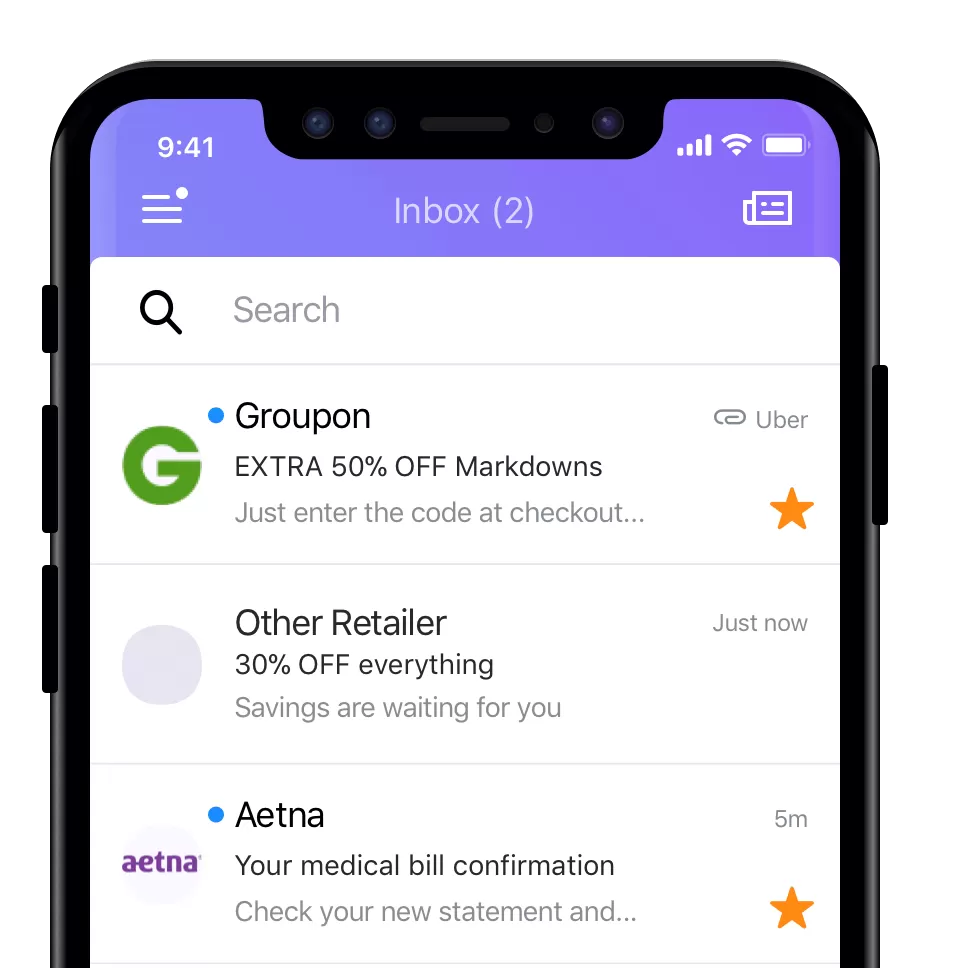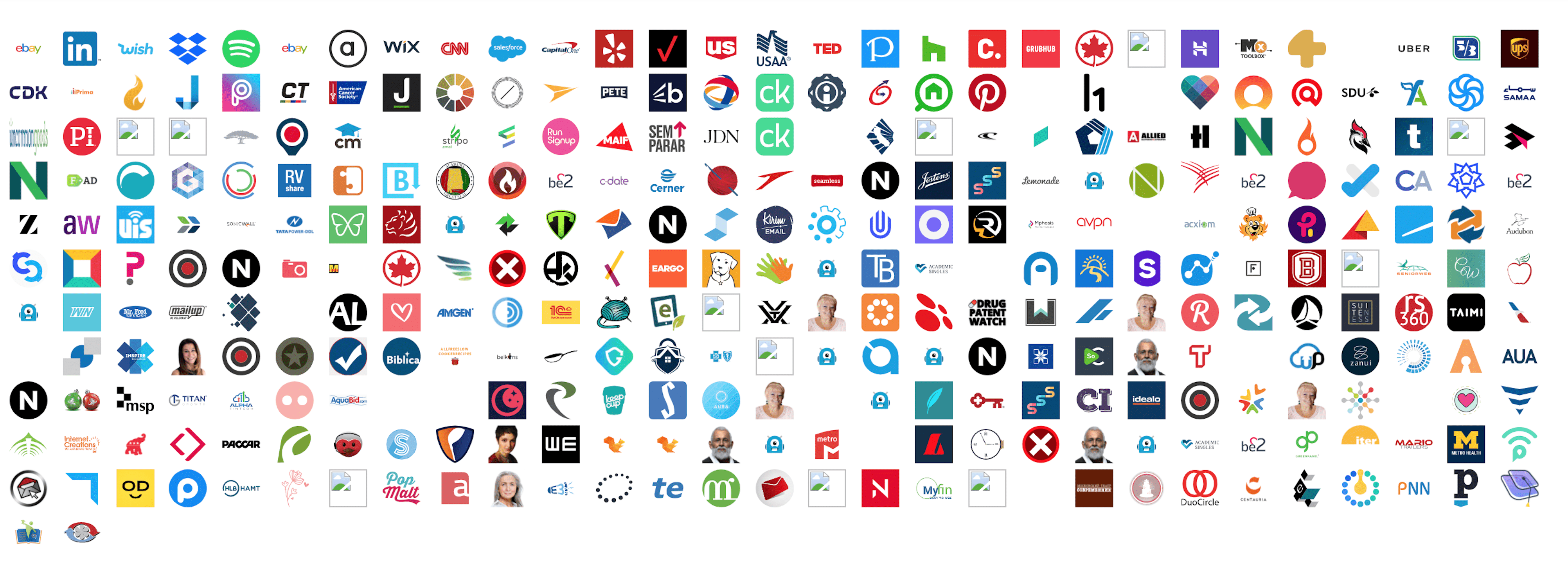Email marketers are on a constant search for a silver bullet—the one trick that gives them better visibility in front of subscribers and gets their message opened. While no such solution exists (despite what many vendors will tell you), there’s a new standard that can help your brand stand out in the inbox.
BIMI, or Brand Indicators for Message Identification, is an emerging standard created to make it easier to get your logo displayed next to your message in the inbox. Not only will this help your visibility, but BIMI is designed to prevent fraudulent emails and aid deliverability, too. It’s another key tool in creating trust and a better subscriber experience, something we should all strive for at every level of our email program.
Sounds good, huh? Let’s dig in and see how it works.
What is BIMI?
BIMI is a way to verify information about your brand. Like DMARC, DKIM, and SPF—three methods for verifying sender information—BIMI is a text record that lives on your servers. It works right alongside SPF, DMARC, and DKIM to signal to email clients that you are you.
BIMI is different in that it also allows you to display your company logo in supported inboxes, putting your brand front and centre for subscribers.

While several email clients already try to pull your logo into the inbox, you don’t currently have a lot of control over which logo or imagery they collect. With BIMI, however, you have direct control over what logo is displayed—allowing you to keep control over your brand and subscriber’s experience, creating trust in the process.
Different methods of verifying senders and using logos have been around for years, but the first formalised spec for BIMI was published in February 2019. The original creators have since formed the AuthIndicators Working Group to formalize and promote BIMI throughout the industry. Over the last couple of years, the working group has been joined by the likes of Google, Fastmail, LinkedIn, Validity, Mailchimp, Verizon Media, SendGrid, and more.
How does BIMI work?
Like other email authentication standards, BIMI is essentially a text file. That text file follows a specific format and lives on your sending servers.
When a message is delivered, the recipient’s email service looks up the BIMI text file—and where it’s hosted—to ensure that the message can be verified. Once verified, the BIMI file tells the email service where to find the sender’s logo, and the email service pulls that logo into the inbox.
Although the underlying concept of BIMI sounds simple, there are a few key things to keep in mind when setting up BIMI for your brand:
- You need additional authentication records set up for BIMI to work, including SPF, DKIM, and DMARC.
- You need to have access to your domain name servers to set up a new BIMI DNS entry.
- You must use an SVG file for your logo.
While only a few email clients support BIMI in their pilot program, other email clients will likely add BIMI support in the future. Depending on your ability to do the above, it may be a lot of work with limited payoff—at least for now.
Agari, part of the BIMI working group, put together a great post on how to get started with BIMI, including an example of what a typical BIMI text record looks like. If you want to dig deep, you can check out the official BIMI working group’s Brand Indicators for Message Identification working draft, which goes into exceptional detail about how BIMI works for both senders and recipient mail transfer agents.
While BIMI promises more trust for subscribers and email senders, support is still limited. As of October 2020, the official BIMI adoption chart shows that:
- Yahoo!, AOL, Netscape, Fastmail, and Google are currently in the BIMI pilot.
- Comcast and Czech provider Seznam.cz are planning on support.
- And other email clients currently aren’t planning to support BIMI.
Like everything in email, BIMI support is likely to change over time. But, with major names like Google, Verizon Media, and Fastmail involved, we’ll likely see more service providers joining the working group and pilot program over the coming years.
Successful email marketing is built on trust
The initial value of BIMI for email marketers should be obvious: You get your logo to display next to your messages in supported inboxes. But the real value is in establishing trust with your brand’s emails.
The underlying goal of BIMI is to make it easy for subscribers to identify trustworthy email senders so they can have confidence in the content in their inboxes. When subscribers see your logo, they can immediately trust that it’s an actual email from you and not a dangerous phishing attempt. Sure, the brand awareness of constantly seeing logos is nice, but the trust that comes along with those logos is where the magic happens.
BIMI should be beneficial to your email deliverability, too. Since so much of modern-day deliverability is based on authentication and reputation—rather than email content itself—BIMI will provide yet another mechanism to improve your odds of making it to the inbox.
As we saw earlier, BIMI requires other authentication protocols to be properly set up. For brands not using SPF, DKIM, and DMARC, the desire to use BIMI for getting their logos in front of subscribers will force them to follow authentication best practices. Combined, all of these authentication methods will make for more reliable deliverability and a better sender reputation overall.
While it’s still on you to build a relationship with your subscribers by providing value in your email campaigns, BIMI will allow you to build the foundational trust needed to hit the inbox.
What do you think?
BIMI is still in its infancy. While only a couple of major email providers support it, for now, it’s an interesting, relatively new standard that has the industry talking.
Do you think BIMI is a valuable feature for email marketers or just another standard that won’t see wide support? Leave a comment below and let us know!





